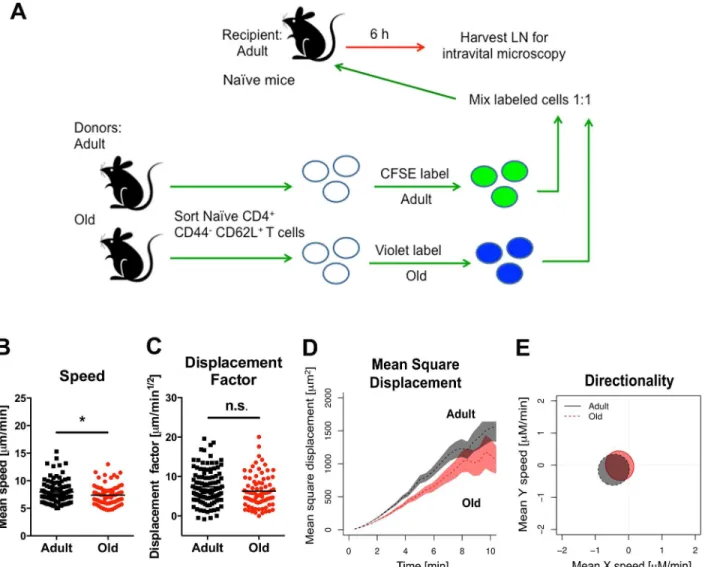Age-Dependent Cell Trafficking Defects in Draining Lymph Nodes Impair Adaptive Immunity and Control of West Nile Virus Infection.
Texto
Imagem




Documentos relacionados
CD4 + T cells mediated an attenuated CHS response to oxazolone in the RAG 2 / 2 model compared with the response induced by CD4 + and CD8 + T cells together. The presence of Figure
To further study the importance of CD8 T cells in the immunity to experimental malaria, T cell clones were obtained from spleen cells of BALB/c mice immunized with
Mice transferred with c HV-68 EAE CD11b + CD11c + cells presented with increased percentages of infiltrating CD4 + IFN- c + T cells into the CNS and decreased percentages of CD4 +
pylori and cells participating in the innate and adaptive immune response such as macrophages (M1 and M2), dendritic cells (tDC and eDC), epithelial cells (E) and CD4 + T cell
Furthermore, mesenchymal stem cells promoted strong inhibition of CD4+ and CD8+ T cell proliferation, increased the frequency of CD4+CD25+Foxp3 T cells, and changed the global
Regulatory T cells (Treg), in particular the CD4 + CD25 + cell subset, appear to control the immune competence of host response triggered by the presence of parasites,
T cells, to study T cell priming in response to Lm infection in vivo , Labeled T cells were adoptively transferred into wild-type B6 mice that were subsequently primed
Our data refute a role for cell intrinsic TSLP signaling in the T cell response to influenza A, suggesting that the observed defects in IL-7R a 449F cells in chimeric animals were

